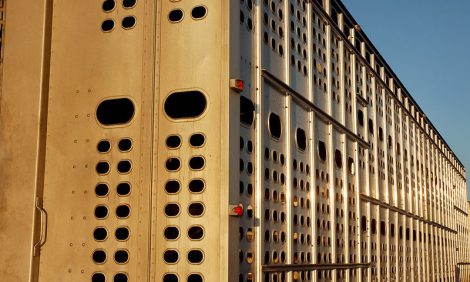



Improve Pasture Use Through Rotational Grazing
By Gary Bates, Professor Plant Sciences and published by University of Tennessee in Beef Cattle Time, Volume 25, Number 2, Spring 2007.Abundant forage growth is always a wonderful thing to see in pastures. Following basic recommendations like fertilizing based on a soil test, controlling weeds and planting clovers will help provide this growth. But don’t follow good forage production practices with poor harvest procedures. One of the mistakes occurring in Tennessee pastures every year is the poor utilization of excess pasture growth.
The initial growth of a tall fescue plant in the spring is very good quality forage. The plant grows new leaves that are high in protein and energy. But as the spring progresses, the plant produces a seedhead. The main goal of that tall fescue plant changes from trying to grow leaves to filling the seeds in order to reproduce itself. The amount of leaf growth drops because the plant’s energy is going to the seedhead instead of the leaves. The quality of the forage also drops. As the leaves age, the protein and energy levels decrease while the fiber level increases, which results in lower quality forage.
The problem of lower quality and reduced leaf growth in the late spring and early summer is caused by excess forage growth. The plants are growing faster than the cattle can eat them. But, the problem can be minimized by using good grazing management principles.
Many times articles written about controlled or rotational grazing are confusing and make the topic seem difficult. Controlled grazing is simple if you understand one basic concept: the purpose is to force the cattle to eat all the forage available in the pasture without overgrazing the plants.
If cattle are given a large area to graze, the majority of their grazing will occur close to water and shade. The other areas of the pasture will not be grazed, resulting in waste in these portions of the pasture. Forage farther away from the water and shade will get mature, drop in quality and go to waste.
In a good grazing management program, pasture size is reduced. Cattle are concentrated on a smaller area and are not allowed the opportunity to be selective as to where they graze. They are forced to graze over the entire pasture and remove all the forage. Little forage is wasted. After eating the forage in this smaller pasture(or paddock), the cattle are moved into a new paddock and the process starts over again.
This practice helps in two basic ways. First, as mentioned earlier, it decreases the amount of forage wasted. In the spring, when excess forage is produced, some of the acreage can be cut for hay because not as many acres are needed for grazing. As the season progresses and temperatures increase, forage growth will decrease. The acres that were used for hay can then be put into the grazing rotation. Early forage growth that was wasted because it was on the edges of the pasture has been put up as hay instead.
Second, this helps by allowing a rest period for the plants. Once the paddock is grazed down, cattle are moved to a new paddock. The plants in the previous paddock are given a chance to regrow. This is especially important during the summer when high temperatures and drought stress tall fescue plants. Instead of cattle grazing the young regrowth, the plants have the opportunity to fully regrow, restore depleted root energy reserves and recover from the grazing. This result will be quicker regrowth and a healthier stand.
Decreasing pasture size and concentrating cattle on a smaller area of land will improve forage utilization, decrease stand loss from overgrazing and improve per acre production.
April 2007


